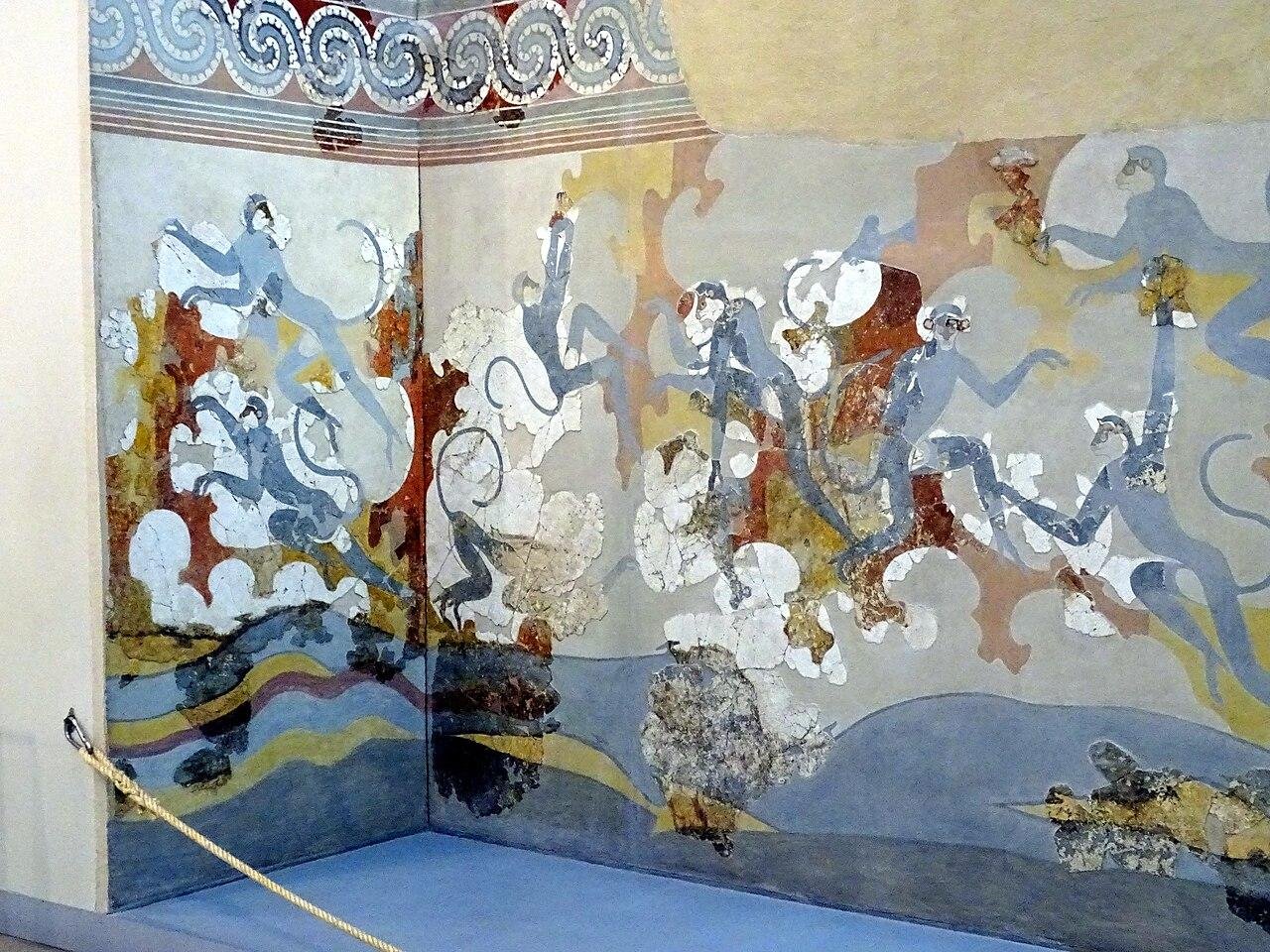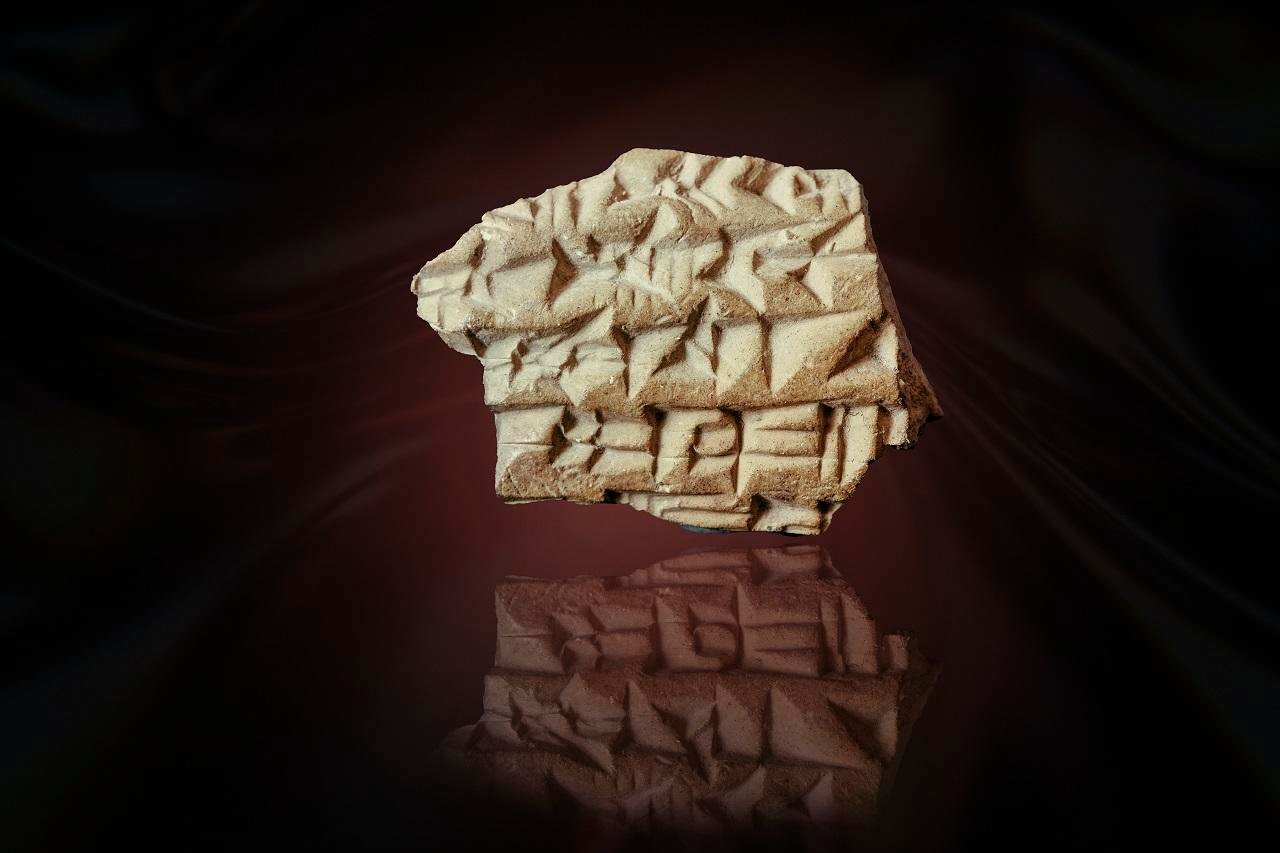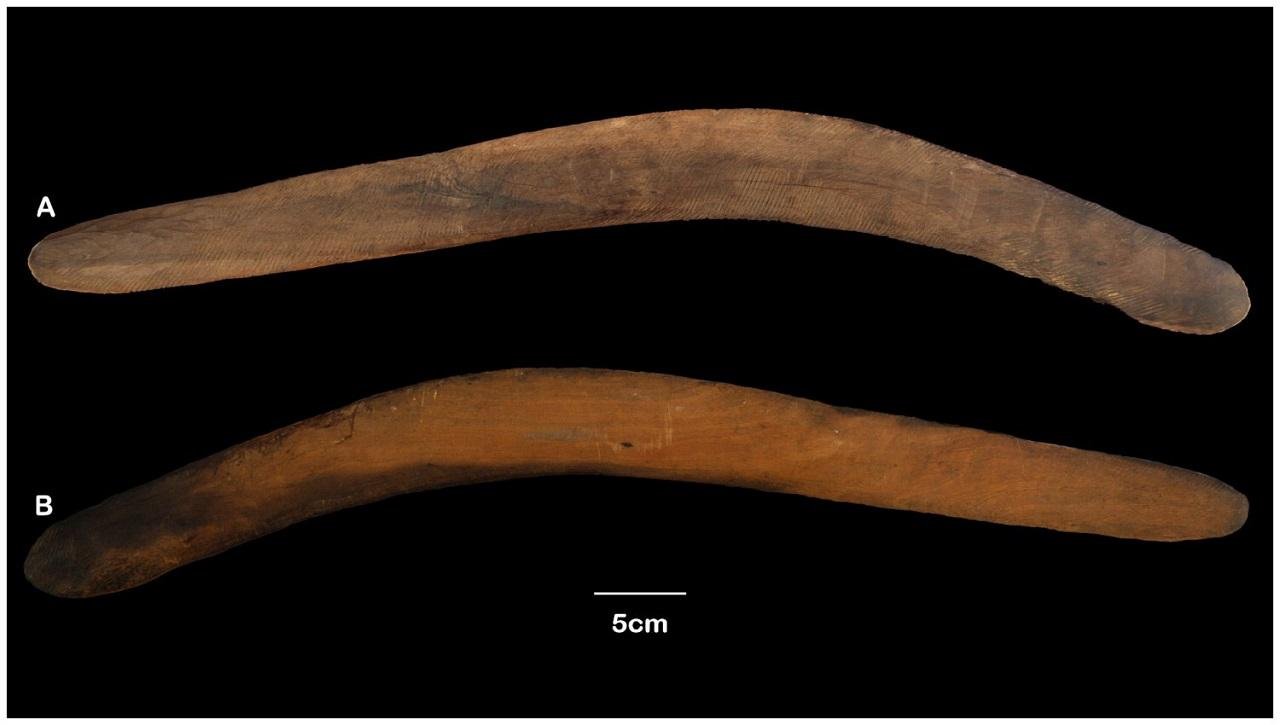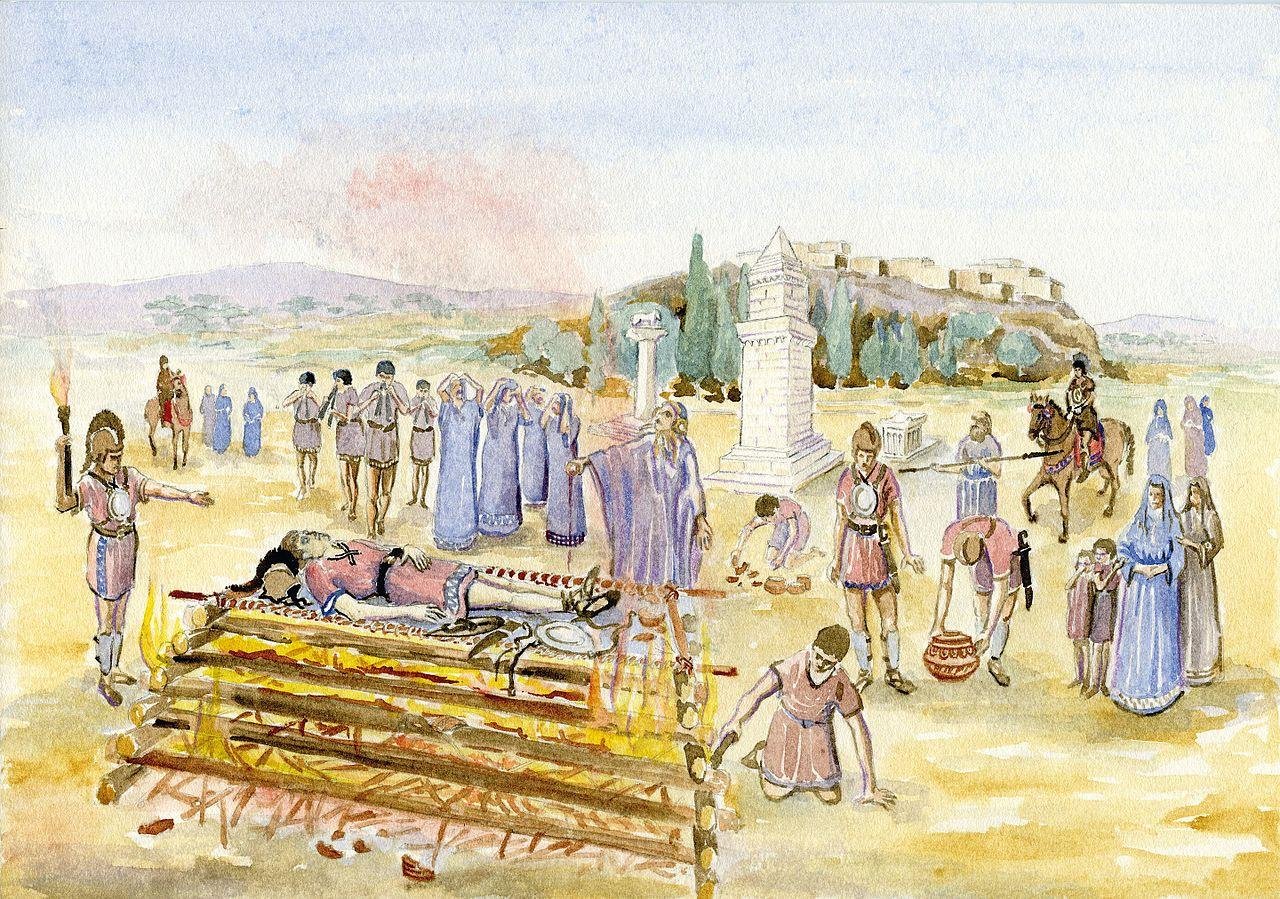Archaeologists have completed a three-year excavation at the Celtic oppidum of Manching in Bavaria and uncovered more than 40,000 artifacts that provide new information on life in the late Iron Age. Among the discoveries is a rare bronze warrior figurine.
 The Celtic warrior statuette after restoration. Credit: Bavarian State Office for Monument Preservation
The Celtic warrior statuette after restoration. Credit: Bavarian State Office for Monument Preservation
The warrior, just 7.5 centimeters (three inches) tall and weighing 55 grams, stands with a sword in one hand and a shield in the other, in a lunging pose. A loop on the head indicates that it was most likely worn as a pendant. Despite its small size, the figure is extremely complex, having been made through the lost-wax casting technique. X-rays from the Bavarian State Office for Monument Preservation (BLfD) confirmed the solid bronze casting, revealing details beneath the corrosion.
Its unusual design has been the subject of controversy among scholars. The statue appears to be armored around the chest but naked from the waist down, a symbol that some scholars ᴀssociate with ancient Greek depictions of masculinity and courage. How the figurine was used—whether as an ornament, spiritual figure, or ritual piece—remains unknown, but the fact that it was constructed of metal indicates just how skilled Celtic metalworkers were. “This 75-millimeter tall, 55-gram statuette is a very intricate and highly detailed piece,” said Thomas Stöckl, the BLfD restorer, in remarks released at a press presentation.
 Statuette at the time of discovery. Credit: Bavarian State Office for the Preservation of Monuments
Statuette at the time of discovery. Credit: Bavarian State Office for the Preservation of Monuments
The excavations, which took place between 2021 and 2024 over 6,800 square meters, also documented 1,300 archaeological features. They revealed traces of a planned city layout, such as residential zones and dedicated craft workshops. More than 15,000 metal objects were discovered, many of which are recycling fragments from metalworking. These were scanned in detail in advance—2,034 images in total—prior to conservation, allowing researchers to study manufacturing techniques and materials.
 X-ray of statuette before conservation. Credit: Bavarian State Office for the Preservation of Monuments
X-ray of statuette before conservation. Credit: Bavarian State Office for the Preservation of Monuments
For the first time, fish bones and scales were also discovered at the site by archaeologists, proving that beef, pork, grain, and fish were part of the Celtic diet. Horses were slaughtered only when they reached old age, indicating they were primarily utilized for labor purposes. Sheep and goats were utilized for their wool and milk rather than meat.
The excavation also recovered a ritual deposit inside a box dating from as early as 120 to 60 BCE. The deposit contained at least three people’s remains, animal remains, 32 metal objects, and fragments of more than 50 ceramic containers. The find was described as “extraordinary” by excavation director Sebastian Hornung of Pro Arch Prospektion und Archäologie GmbH due to the recovery of two nearly complete human skeletons in a single context.
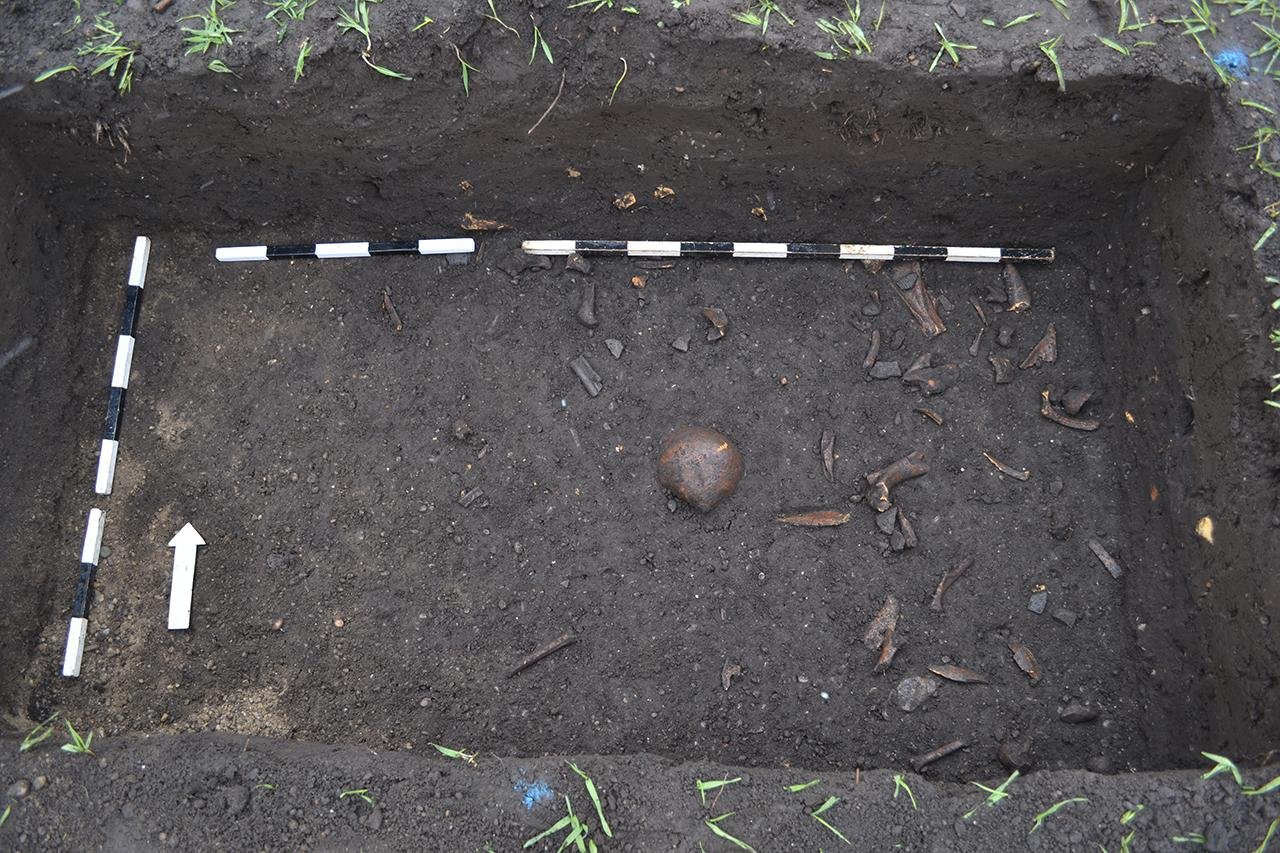 Find with remains of at least three human individuals and numerous animal bones. Credit: Pro Arch Prospektion und Archäologie GmbH
Find with remains of at least three human individuals and numerous animal bones. Credit: Pro Arch Prospektion und Archäologie GmbH
Manching was settled in the late 4th century BCE and by the 2nd century BCE had become a prominent political and economic center north of the Alps. It reached its peak in size, occupying 400 hectares, and could have housed up to 10,000 inhabitants, making it larger than medieval Nuremberg. The town began to decline by the middle of the 1st century BCE.
Though one of the best-researched Celtic Central European settlements, just around 12 percent of the site has been explored. “The richness of finds from the latest excavation tells us how the late Iron Age settlement was organized, how people lived, worked, and ate, with whom they had trade relations, and what technical skills they had developed,” Prof. Mathias Pfeil, General Conservator of the BLfD, said in a statement.
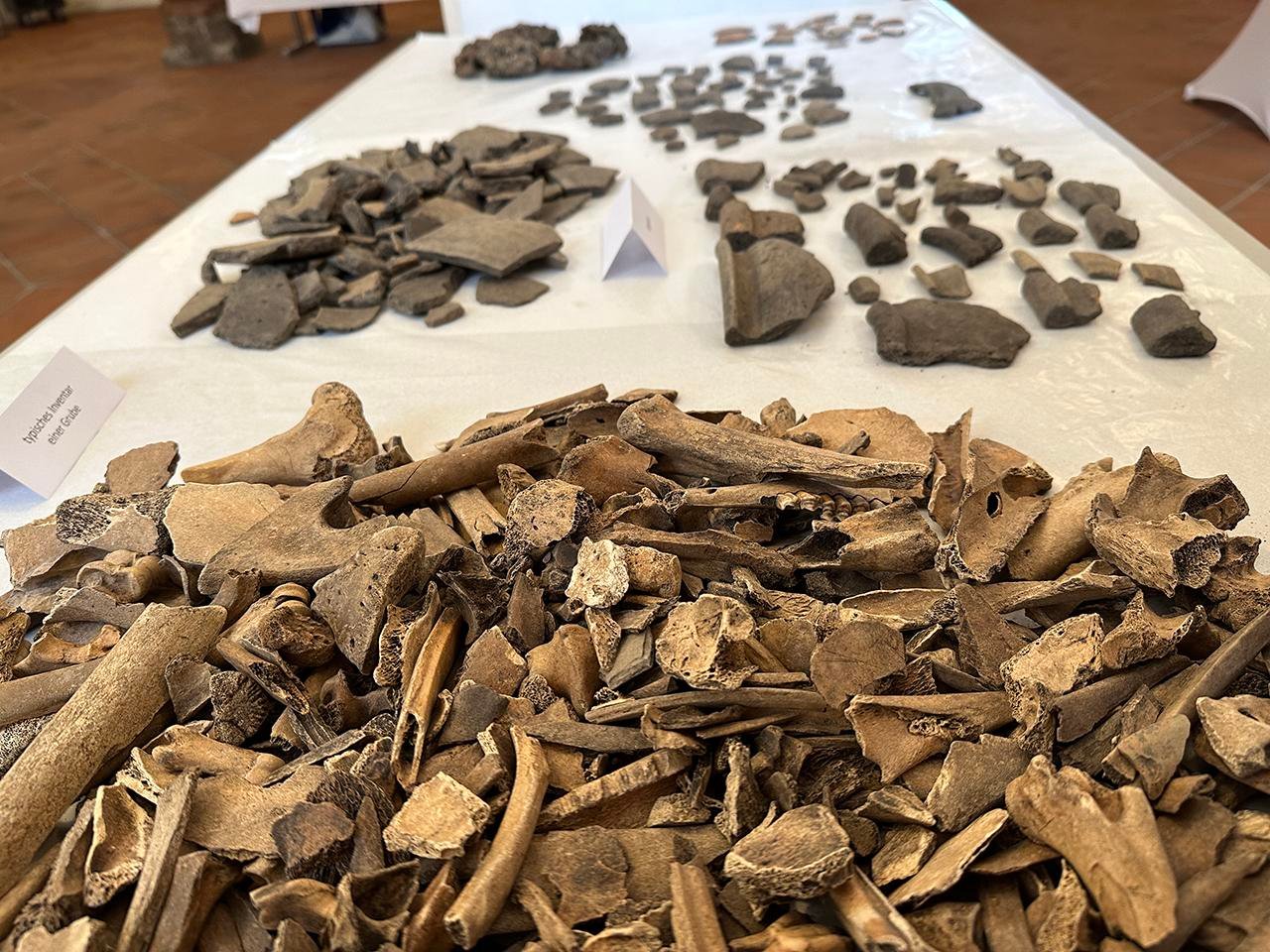 Animal bones. Credit: Bavarian State Office for the Preservation of Monuments
Animal bones. Credit: Bavarian State Office for the Preservation of Monuments
Manching has also experienced some sensational discoveries in the past. Archaeologists found a hoard of 483 gold coins and a 3.7-kilogram ingot in 1999. The majority of that treasure, housed in a local museum, was stolen in 2022. A gang of thieves was sentenced earlier this year to prison terms, but the gold itself is still missing, and melted fragments suggest it might be lost forever.
With the latest excavation concluded, the newly revealed artifacts will enter state collections for study.
More information: Bavarian State Office for the Preservation of Historical Monuments (BLfD)
